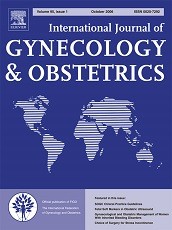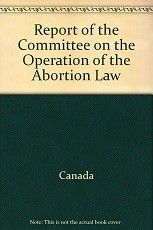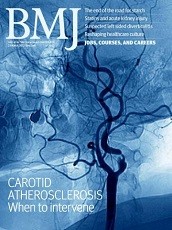Cardus
Conscience, though inherently individual, is vital to the common good. Using current case studies from Canada that engage freedom of conscience, this paper offers concrete recommendations as to how this human right can be robustly protected at home and abroad.

Executive Summary
Freedom of conscience appears in the Canadian Charter of Rights and Freedoms, the Universal Declaration of Human Rights, and many other bills of rights. Yet, despite its universality, this human right is, by and large, universally neglected by courts, legislatures, and policy-makers.
Today, more so than before, reliance on freedom of conscience implicates the interests and rights of other citizens. Owing to modern phenomena such as globalization, many of us live in deeply diverse, multicultural, and plural societies. These current characteristics of many Western societies inevitably increase the prospect of sharp disagreements between citizens on what is good, right, and true—as well as the need to resolve these disagreements. This paper takes up the challenge of grappling with the clash of interests and rights in these cases.
This paper unpacks what freedom of conscience protects, why it is worth protecting, and when it may—and may not—be limited. For the sake of individual flourishing, peaceful coexistence, and liberal democracy itself, we say that freedom of conscience merits robust protection.
We aim to raise awareness of the importance of freedom of conscience in a liberal democracy and alert Canadians to the pressing need for this human right to be afforded due respect. Using current case studies from Canada that engage freedom of conscience, we offer concrete recommendations as to how this human right can be robustly protected at home and abroad.
History teaches that conscience can instigate fundamental social change, for the better. Conscience not only safeguards core convictions—it also promotes moral growth, for individuals and societies alike. Conscience, though inherently individual, is vital to the common good. To realize societies that are just and equitable, it is safe to say that freedom of conscience is indispensable. It is our intention that this paper will contribute to an essential public discussion on freedom of conscience and how we can better shape our laws, and ourselves, in accordance with this neglected freedom.




